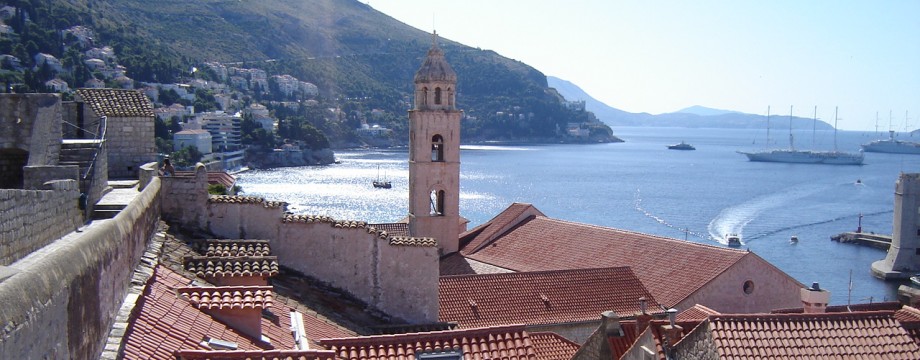This year’s late-fall trip to Europe took us back to two of our favorite locations – southern Germany and northern Italy. These regions feature some of the most spectacular scenery on earth – the Bavarian Alps and the Italian Dolomites – which you will see in the landscape photography presented here. An additional plus for us was the wonderful hospitality that Suzanne and I always experience in this corner of the world.
Historically and culturally, southern Germany, Austria, and northeastern Italy are linked as German-speaking regions. At one point during the early medieval period, three southern Germanic districts – Bavaria, the northern Tyrol (located in modern Austria), and the “south Tyrol” or Südtirol (located in modern Italy) – were ruled as a single political entity. Much later on in European history, the Hapsburgs would control the Tyrol and the Südtirol as part of the Austrian empire – right up until the end of World War I, when Italy was awarded the Südtirol by the Treaty of Versailles. Thus, throughout the Südtirol and the Dolomite mountains reside today upwards of half-a-million Italian nationals, who claim German as their preferred language. Moreover, the region seems to have the sights, sounds, smells, cuisine, and overall tidiness of Bavaria and Austria.
Sound confusing? I’ll add one more cultural oddity: Within this sea of hundreds of thousands of German-speaking Italian nationals living in the Dolomites, one can find another cultural group residing in five remote valleys, who speak the modern derivation of the Latin used by former Roman legionaries 2,000 years before. Numbering only 50,000, these people are called the Ladina (or Ladins), and they are working hard to preserve the language and folk traditions of their oft-forgotten community.
Despite this cultural confusion, the Italians have pretty much sorted things out. As a region representing three interspersed linguistic groups, the Südtirol of the spectacular Dolomiti features towns, each with two-to-three different names, and trilingual signs on its roads & buildings and in its museums – in Italian, German, and Ladina. Sorry for the inconvenience. . . we’d love for you to visit, but there is no more room on our signs for English. Ciao!
Enjoy the photography!
– Bruce
Click on the following link when you are ready to view the presentation:

